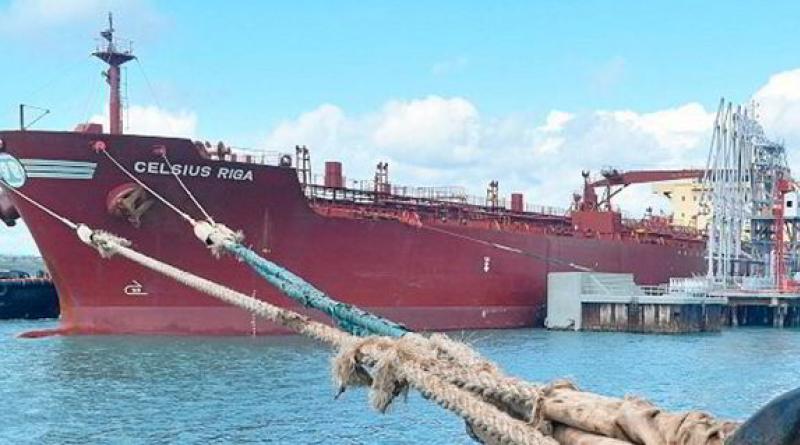Solar powered 'cold ironing' could end oil-fired emissions from vessels in port: Kenya study

Consultancy ABL found small PV installations could generate enough power to decarbonise tankers and freighters running fossil fuel generators while berthed in Kenya's Port of Mombasa
Small-scale solar plants could be key to slashing – or ending – greenhouse gas emissions from vessels moored in major coastal industrial facilities around the world, a new study looking at the use of PV-powered ‘cold ironing’ in the largest port in East Africa has found.
Work done by energy and marine consultancy ABL at Kenya’s Port of Mombasa identified two brownfield sites where 5-10MW solar installations could generate sufficient power onshore to decarbonise tankers and freighters running fossil fuel-fed generators while berthed.
“[We] found that significant reduction in the local burning of heavy fuel oils can be secured from the use of cold ironing, resulting in an improvement to local air quality,” said Aimee Besant, energy storage lead at ABL.
“As cold ironing is being increasingly considered in different countries, this project reflects the scale of the opportunity for other ports around the world to explore the installation of shore power generated from their local green energy resource, as well as the additional potential when combined with energy storage solutions such as lithium batteries or hydrogen.”
Besant highlighted a study conducted in 2021 that indicated using electrical power from shore would bring “significant reductions” in the 25% of vessels’ emissions created in port, adding that the ABL calculus showed the “opportunity to generate the electricity from 100% clean local solar resources, creating an entirely green contribution to the shore power system”.
The project – commissioned following the proposed introduction of the Green Ports Policy by the Kenyan Ports Authority which envisages all vessels turning off onboard generators and operating from shore power when berthed – compared vessel and port consumption demand and the cost of fuel oils to determine a combination of PV-generated and grid supplied shore power “would be cost effective compared to traditional onboard generators”.





